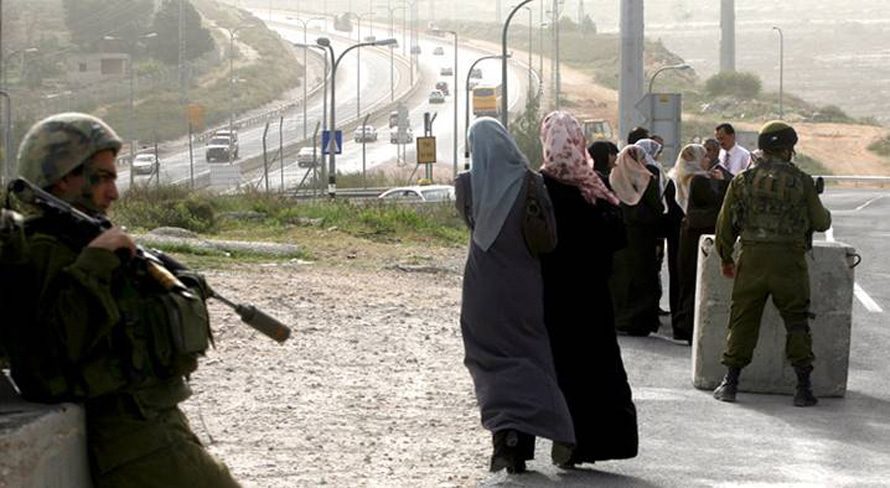
New clashes broke out between Israel and the Palestinians at the end of the 1990s as a result of an interplay of factors. Israel’s policy of intensified control after 1993 increasingly curbed Palestinian freedom of movement. Travel between the West Bank and the Gaza Strip became extremely difficult, as did entering East Jerusalem which was annexed to Israel. Within the West Bank and the Gaza Strip, passenger travel and the exchange of goods were also drastically restricted. This had dire economic consequences and the Palestinian purchasing power showed a strong downward tendency after 1993. Furthermore, Palestinians continued to lose territory as a result of the construction of Israeli settlements and the supporting infrastructure. The number of Israeli settlers increased by another 100,000, totaling 370,000 in the Oslo period (1994-1999). At the end of September 2000, when the umpteenth round of talks amounted to nothing (more than a year after the ‘Oslo‘ deadline had passed), the fat was in the fire.

